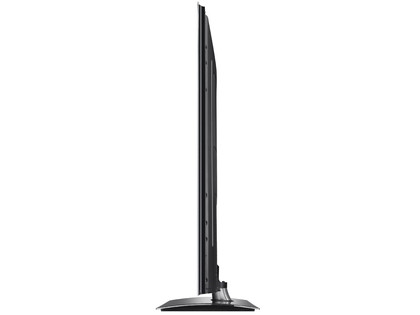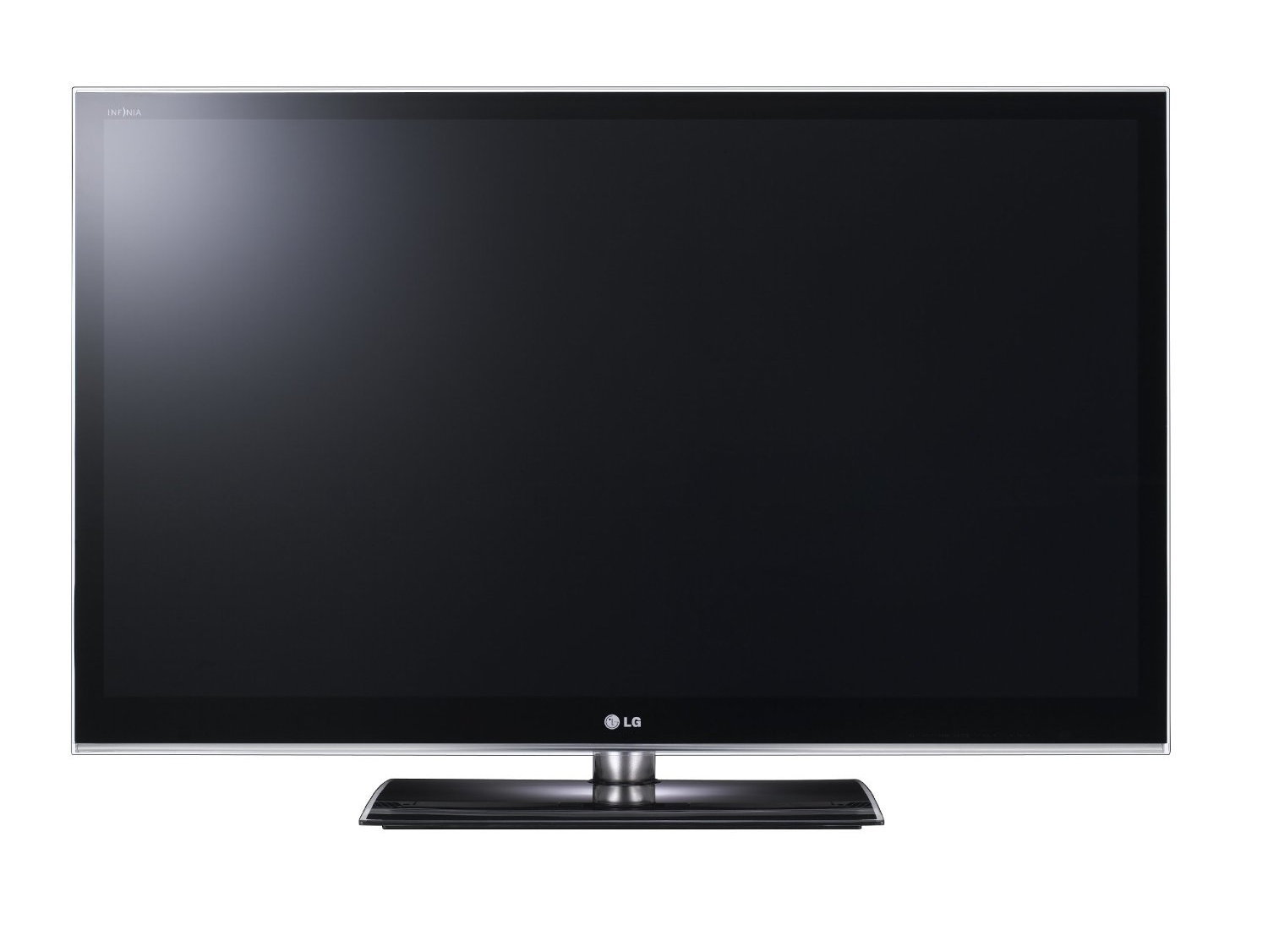Why you can trust TechRadar

Without doubt it's the active 3D capabilities of this 50-inch LG plasma TV that catch the eye most.
LG has hardly been shy this year about declaring passive 3D to be the superior 3D format, so it must be uncomfortable for the brand to have to keep using active 3D technology on its plasma screens.
From a neutral's perspective, though, the use of active 3D technology on the LG 50PZ950T isn't necessarily a bad thing by any means. After all, it means you'll be able to see a Full HD 3D picture from 3D Blu-rays. And you won't – or at least, shouldn't – see any overt jaggedness around the edges of objects like you do with LG's passive sets.
On the downside, the LG 50PZ950T's active 3D nature does mean you'll have to cough up extra cash for a family's worth of 3D glasses. Because while LG's passive LCD TVs such as the LG 55LW980T famously ship with seven free pairs of passive 3D glasses, you only get a single pair included with the LG 50PZ950T. Extra pairs will cost you from £65 each.
Within the TV's menus you can in theory adjust a few aspects of the set's 3D performance, including the perceived image depth and its left/right or right/left eye 'preference'.
However, the options were greyed out on our review set – a glitch with our particular sample, according to LG.
The LG 50PZ950T's other headline feature is its Smart TV system. LG has made huge advances with its online TV services since last year, and the LG 50PZ950T proves that the brand is continuing to improve things on a near-daily basis.
There are certainly a number of notable new services within the 100-plus streaming and app options now carried by LG's Smart TV platform, including Blinkbox; Autocar; Stuff; ITN; an on-demand 3D channel containing documentary, music, TV and kids programming (sadly presented via amateurish pidgin English); and subscription services from The Cartoon Network and Box Office 365. These last two services appear to be the first fruits of the content sharing deal announced with Philips at this year's IFA show in Berlin.
However, great though the LG 50PZ950T's Smart TV system looks on paper – and in the flesh, in terms of the quality of its presentation – trying to access many of the apps and streaming services proves a very long-winded affair compared with most rival online systems, with some services taking an age to load after you've selected them.

Many of the video streaming services also suffered continual buffering pauses despite the test labs' reliable 6MB downstream having proved more than sufficient to deliver pause-free HD video playback via recent TVs from Samsung and Sony.
Even more alarmingly, a number of services failed to load at all during our tests. All of this adds up to a connected TV system that currently feels either too rushed or else too large to be handled comfortably by the LG 50PZ950T's chipsets. Which is a real shame, because the problems turn a potentially great service into one many people will probably find too frustrating to use on a regular basis.
The possibility that the LG 50PZ950T might not be using quite such up-to-date multimedia systems as LG's LCD TVs grows with the discovery that while the set supports DLNA playback and playback of a healthy variety of multimedia file types from USB drives, it doesn't appear to carry the PLEX front end that's proved so effective on recent LG LCD TVs such as the 55LW980T.
The LG 50PZ950T employs a Full HD resolution plasma panel like you'd expect these days, and benefits from the increasingly standard (in the plasma world) 600Hz subfield drive, for enhanced image stability and motion handling. The TruBlack filter, meanwhile, helps it claim a reasonably impressive 3,000,000:1 contrast ratio, while LG's Dual XD Engine processing is on hand to improve – among other things – colour, contrast and sharpness.
LG has a long record of seeking the endorsement of key third-party AV organisations, even for relatively low-end products. So it's no surprise at all to find the LG 50PZ950T sporting both THX (for 3D as well as 2D) and Imaging Science Foundation (ISF) support.
The former means the set has met THX's performance criteria, and also sees you getting a THX-calibrated 3D image preset. The latter means the set is deemed to have enough calibration aids to be professionally set up by an ISF engineer if you're willing to pay them for their trouble.
Among the calibration tools available are colour and tint adjustments of the red, green, blue, magenta, cyan and yellow image components, as well as gamma controls, a colour filter that shows just the individual red, blue or green colour elements, 2pt and 20pt IRE adjustment and various colour temperature settings.
The last feature to mention is the LG 50PZ950T's connectivity. This is pretty much as comprehensive as you would expect of a flagship model, with highlights of four HDMIs, a LAN port if you don't want to make use of the provided USB Wi-Fi dongle, an RS-232 port for home system integration and two USB ports.
You can use the USBs for recording from the built-in HD tuner as well as for playing multimedia files from USB drives.
John has been writing about home entertainment technology for more than two decades - an especially impressive feat considering he still claims to only be 35 years old (yeah, right). In that time he’s reviewed hundreds if not thousands of TVs, projectors and speakers, and spent frankly far too long sitting by himself in a dark room.

